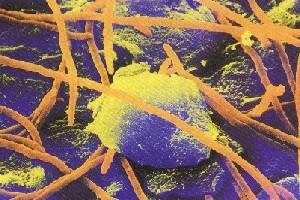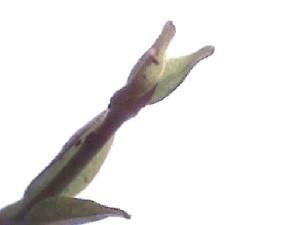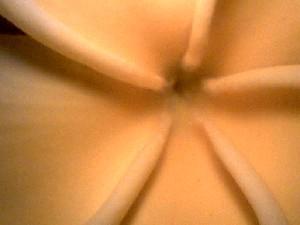lined link to go to subject)
Chapter 1. Vision
System Design
Chapter 2. Biological Eye Designs
Chapter 3. Eye
Design Illustrations
A. Plant light sensing
1. Grass, simple vines,
and stems
2. Flowers
B. Lower animal eyes
1. Flatworms
2. Clams and Scallops
3. Nautilus
4. Shrimp
5. Crab
6. Octopus and
giant squid
7. Spiders
8. Scorpions
8. Brittle Star
C. Insect eyes
1. Bees
2. Dragonflies
3. Butterflies
4. Flies
5. Ants
6. Moths
7. Beetles
8. Wasp
D. Fish eyes
1. Shark
2. Flounder
3. Four-eyed fish
E. Amphibian eyes
1. Frog
2. Salamander
F. Reptile eyes
1. Boa constrictor
2. Rattle snake
3. Lizard
4. Turtle
5. Crocodile and
alligators
G. Bird eyes
1. Eagles
2. Hummingbirds
3. Owls
4. Ostrich
5. Cormorants
H. Mammal eyes
1. Whales
2. Elephants
3. Lions, tigers, and
other cats
4. Monkeys
5. Rats and mice
6. Bats
7. Tarsier
I. Human eyes
1. Iris
2. Lens
3. Retina
Chapter 4. Eye
Reproduction
Chapter 5. Optical
Systems Design
Chapter 6. The Eye Designer
Related Links
Related Links
Appendix A - Slide Show & Conference Speech by Curt Deckert
Appendix B - Conference Speech by Curt Deckert
Appendix C - Comments From Our Readers
Appendix D - Panicked Evolutionists: The Stephen Meyer Controversy
Chapter 3
Section A
(Click on PICTURE IN TEXT to bring up LARGE PICTURE)
3. EYE DESIGN ILLUSTRATIONS
A. Plant light sensing
Plants, like animals, are able
to sense light.
Plant-design genetic codes enable the production of photo-sensors to
slowly
sense light, which they usually grow toward. Plant light sensors are
relatively
crude compared to the eyes of mobile creatures. They show reaction to
light
by the opening or closing of a flower or by some other similar action.
Most plants respond to environmental changes. One method is by sensing
light and then growing additional roots and other support structure
that
may contain more sensitive cells to receive more light. Thus plants
show
a degree of intelligence or the ability for adaptive corrective
action.
Click for Chapter
--
Contents
Eye Home Page
[Chap-1a]
- [1bc]
[Chap-2abc]
- [2def]
- [2ghi]
[Chap-3a]
- [3b]
- [3c]
- [3d]
- [3e]
- [3f]
- [3g]
- [3h]
- [3i]
[Chap-4a]
- [4b]
- [4cd]
[Chap-5ab]
- [5cd]
[Chap-6a]
- [6b]
- [6c]
Related
Links
Appendix
A - Slide Show & Conference Speech by Curt Deckert
Appendix
B - Conference Speech by Curt Deckert
Appendix
C - Comments From Our Readers
Appendix
D - Panicked Evolutionists: The Stephen Meyer Controversy
Table of
All Figures


